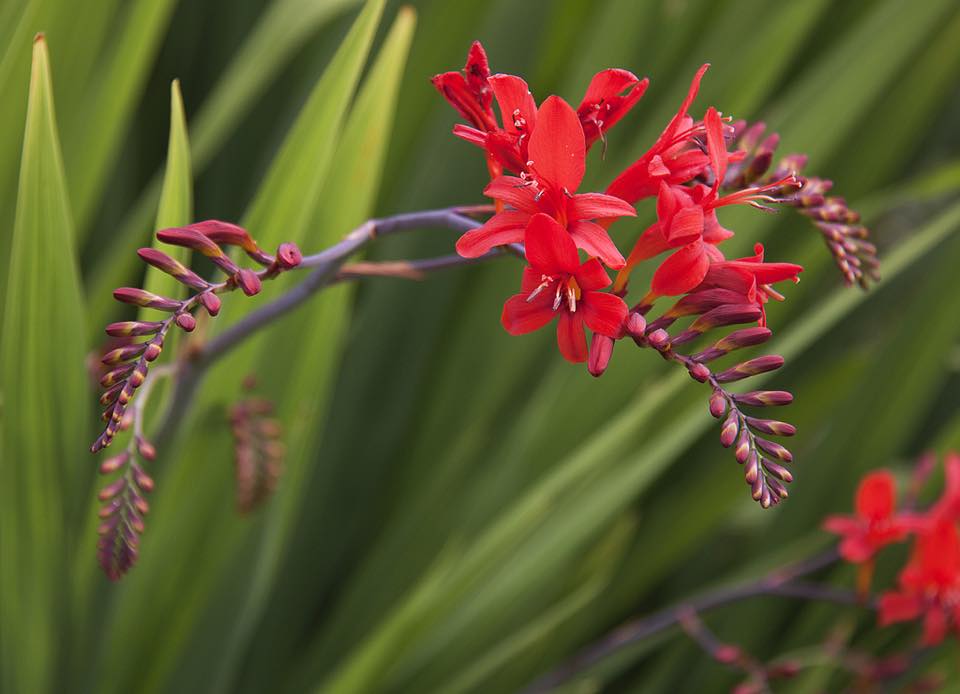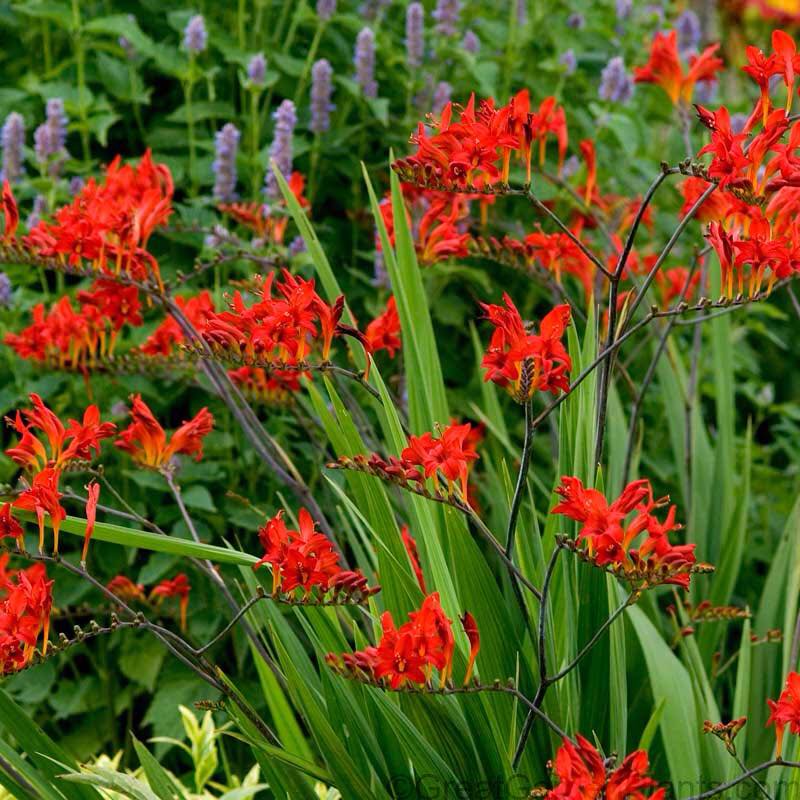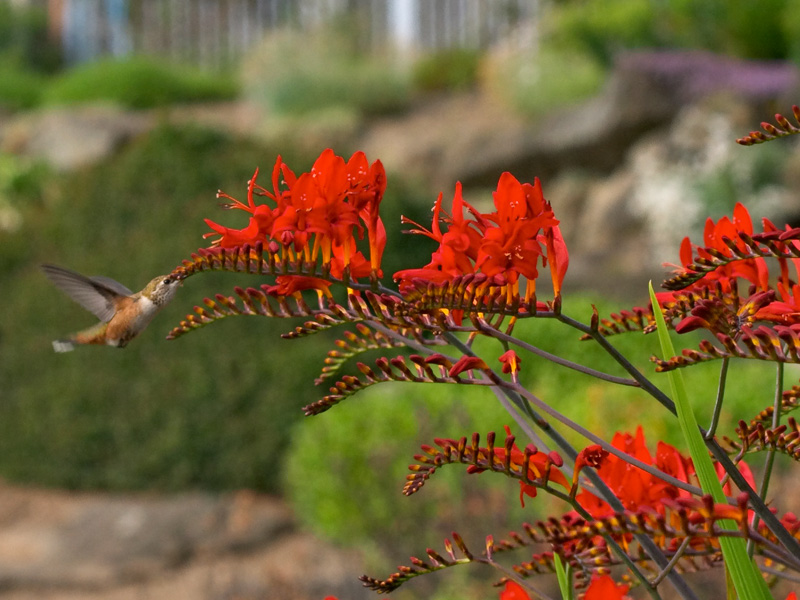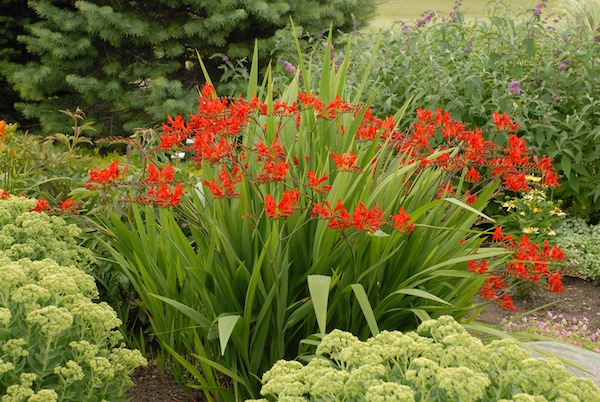Hibiscus x moscheutos 'Kopper King': The Kopper King Hibiscus
By: Lauren M. Liff for Dabah Landscape Designs
In New Jersey, the tropical hibiscus is one of the more sought after annuals seen quite frequently in entryway urns, patio planters and especially surrounding pools – but did you know that there are hibiscus plants that are actually hardy for our area? The Kopper King hibiscus is stopping people in their tracks wherever they are seen and for good reason! Becoming more popular in the New Jersey landscape, this perennial beauty is absolutely breathtaking with its massive blossoms, striking colors and stunning foliage. As opposed to the tropical hibiscus, this perennial is easier to grow and maintain and will be your landscape show stopper year after year.
With a sturdy, compact and slightly rounded habit, this woody-based perennial grows to be about 3 to 4 feet tall and 2 to 4 feet wide. The size of the flowers is comparable to that of a dinner plate measuring from 10 to 12 inches in diameter. The remarkable size of the blooms makes them one of the largest flowers produced by any perennial in this area. The flowers resemble that of its cousin the hollyhock; they are light pink with showy red veins leading to a bright red center. These massive blooms sit atop foliage that has a striking deep purple-red color, giving the plant its name ‘Kopper King’. One of the wonderful characteristics of this perennial is its extended bloom period, which goes from mid summer to early fall and sometimes even to the first frost.
The kopper king will thrive in full sun but can tolerate some light shade. To produce sturdier stems and the best flowers, make sure to plant it in medium to wet soil with good air circulation – this will also help the plant to be stronger and better at resisting diseases. This perennial is susceptible to wind burn so be sure to plant it in a protected area to minimize its risk. Once established, the kopper king does not like to dry out, deep and consistent watering will help to ensure a happy healthy plant! When the flowering season is completed in late autumn, you can prune the stems back 3 to 4 inches to allow for new growth in the spring – this perennial will also benefit from organically rich soils and regular fertilizations during the growing period.
The kopper king has many uses in the landscape; it can be used as a border, a specimen plant or, for a greater impact, you could use it as a massing plant. Since this plant prefers moist soils, it does very well along streams or ponds and in low or wet areas on your property. This unique plant is the perfect combination of a tropical vibe and a sophisticated appearance. With its beautiful foliage and massive blossoms, the kopper king is a no-brainer when searching for a landscape plant that is a definite head-turner while still being beautifully elegant at the same time.




















